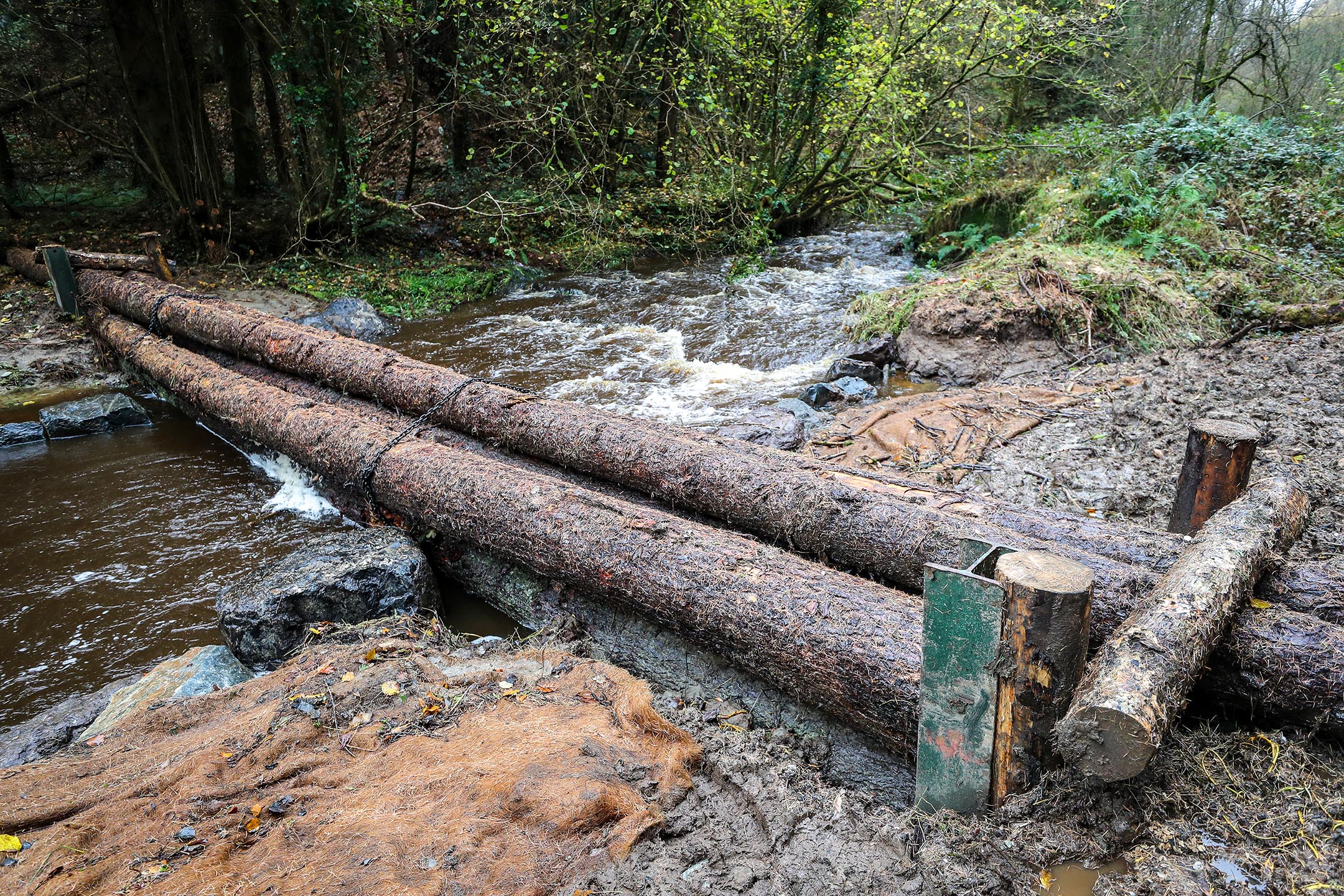
Northern Ireland meets legal air quality limits but fails WHO targets

Northern Ireland stayed within legal air quality limits in 2024 but most monitoring sites continued to breach the stricter World Health Organisation guidelines, according to a new report from the Department of Agriculture, Environment and Rural Affairs.
The Air Pollution in Northern Ireland 2024 report is the twenty third in the series and is based on data from 23 automatic monitoring stations. It confirms compliance with statutory limits for nitrogen dioxide, sulphur dioxide, carbon monoxide and particulate matter.
The report shows that all 13 sites measuring coarse particulate matter known as PM10 met the legal annual mean limit of 40 micrograms per cubic metre. However, Belfast’s Stockman’s Lane and Newry’s Canal Street recorded levels above the WHO guideline of 15 micrograms per cubic metre.
Fine particulate matter known as PM2.5 was measured at 10 sites. All were below the UK limit of 20 micrograms per cubic metre but nine exceeded the WHO guideline of 5 micrograms per cubic metre. Only the rural site at Lough Navar met the WHO standard.
Nitrogen dioxide was monitored at 16 sites. None exceeded the legal limit of 40 micrograms per cubic metre but 14 were above the WHO guideline of 10 micrograms per cubic metre.
Polycyclic aromatic hydrocarbons have remained within regulatory targets since a breach in 2016 at Derry City’s Brandywell. Against the tougher UK Air Quality Strategy objective three of the four sites exceeded the target in 2024.
District councils are required to declare Air Quality Management Areas where objectives are not met. In 2024 there were 19 such areas across Northern Ireland with road traffic identified as the main source of nitrogen dioxide and domestic heating contributing to particulate pollution in some locations.
DAERA said the findings underline the importance of its forthcoming Clean Air Strategy which will set out measures to reduce exposure to harmful pollutants. While Northern Ireland continues to meet statutory requirements the report highlights the gap between compliance with UK regulations and alignment with WHO health based guidelines.
Share this WeathÉire story:







